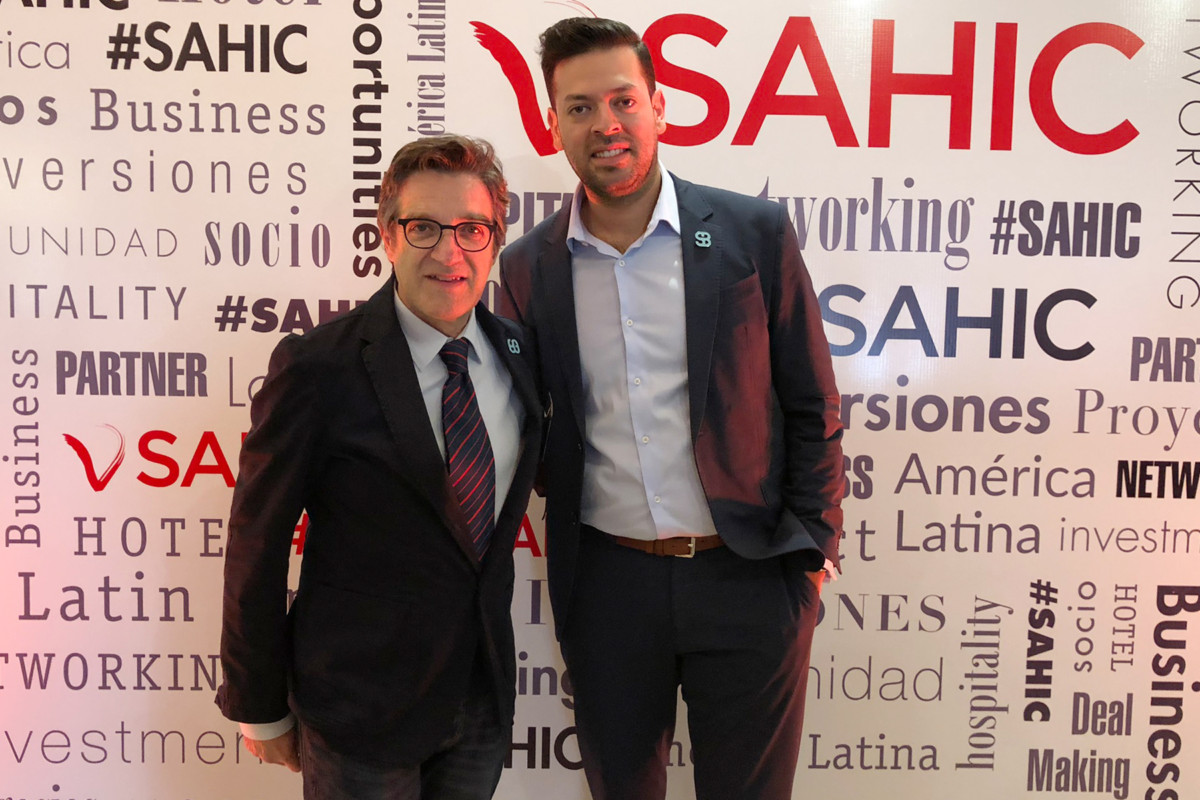Seven Takeaways from SAHIC 2019
The annual Latin America Hotel and Tourism Investment Conference (SAHIC) is the go-to event to stay ahead of the curve in the region. The conference aims to educate and provide direction for attendees on the Latin American industry, where it is heading, and where the investment opportunities lie.
SB Architects’ Vice President, Stefano Falbo, and Designer, Juan Calderon, provide an insightful rundown of key takeaways from the 2019 Latin America Hotel and Tourism Investment Conference (SAHIC).
-
Boutique is Best
Independent hotels continue to lead the way in Latin America, Europe, and Middle East & Africa.
-
On the Rise
The hospitality industry has shown great dynamism in Latin America over the past few years. Research suggests that the RevPAR growth forecast for Brazil, Colombia, Uruguay, and Peru, with the exception of Lima, is on the rise and looking positive; there is slow growth for Ecuador and negative for Chile and Argentina. Research suggests that there has been an abundance of new developments, and in some places, the demand is struggling to catch up.
-
Live Like a Local
The traditional all-inclusive business model is evolving due to the increased demand for experiential travel. All-inclusive luxury brand leaders are innovating to appeal to consumers who are craving an authentic, local experience, with all of the comforts of an all-inclusive vacation.
-
The Power of Influence
Guest ratings have power, insights show that there is a 72% chance that guests are willing to spend more money on a brand based on positive reviews from peers.
-
Millennial Mindset
By 2020, millennials will represent 30% of the travel industry, and that percentage is expected to soar over the next 10-20 years. As the first generation to grow up immersed in the technological world, millennials embrace digital life.
-
Era of the Shared Economy
The sharing/experience economy is one of the fastest-growing business trends in history. It’s a millennial phenomenon and brands need to acquaint themselves with the intricacies of this tech-savvy and innovative generation. Blurring the line between leisure and work, the ability to collaborate and co-work in a destination is imperative for today’s digital nomads, creators, and entrepreneurs. In an attempt to appeal to the authenticity craving millennial traveler, brands are beginning to organize events, social, cultural and wellness activities as an opportunity to allow guests to share experiences and connect.
Casa Campus is leading the branded residence space in South America offering the ultimate co-living experience. It focuses on exploration and allows the guest to experience a deeper connection with the destination.
Selina is an independent travel and hospitality platform that provides a unique, immersive, purpose-filled experience that fits the needs of every traveler, from digital nomads looking to co-work, or travelers looking for a community experience.
-
Global Economy
In an interview with Gaurav Bhushan, Accor’s Global Chief Development Officer revealed that today, only 37% of Americans and 7% of Chinese residents hold a passport, representing approximately one million additional people with the ability to travel abroad. As the global economy grows and evolves, the tourism industry will continue to play a huge role.




